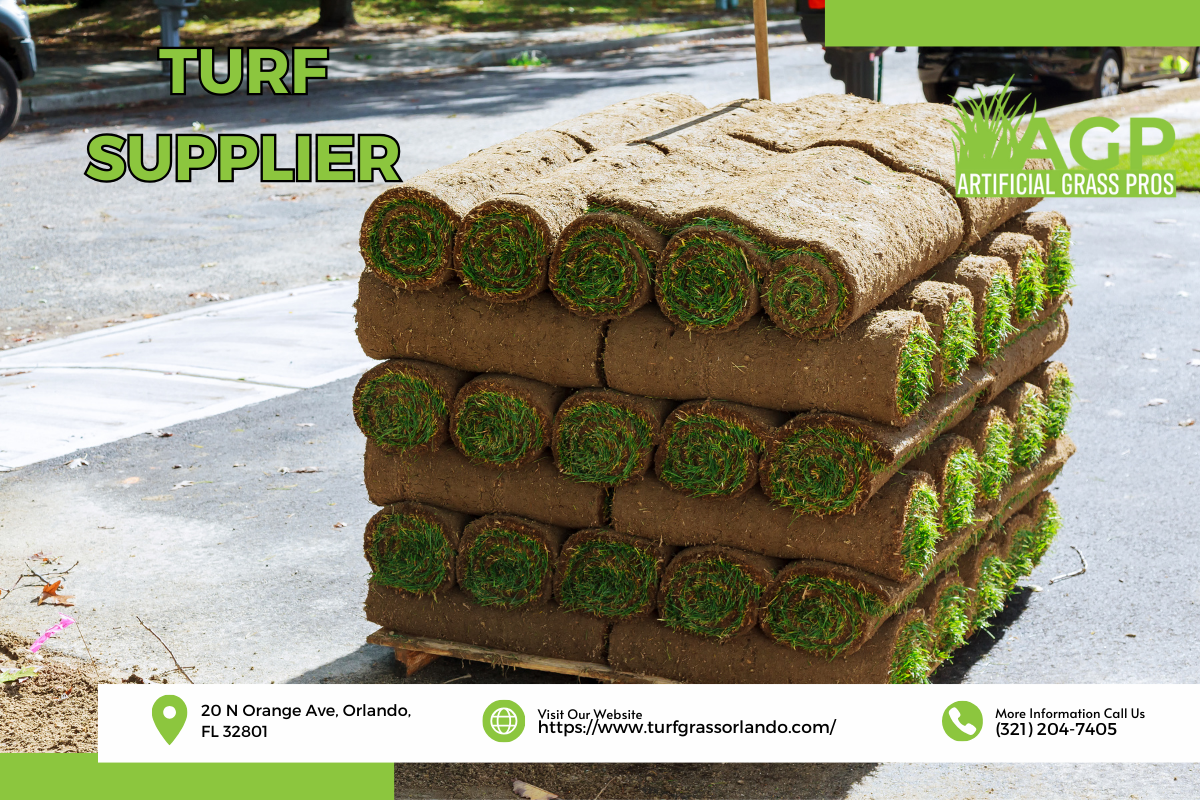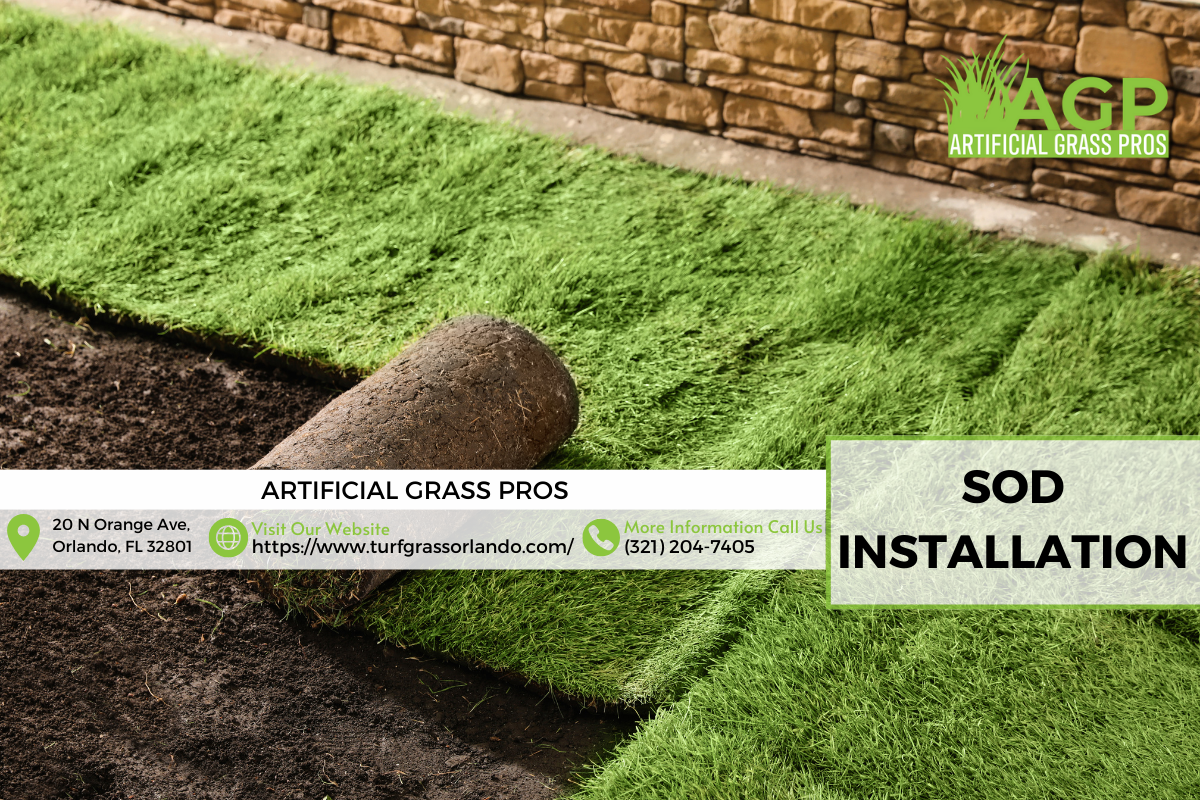
“Designing an Eco-Friendly Landscape Using Synthetic Grass Alternatives”

Introduction
In an age where sustainability is more than just a buzzword, the need for eco-friendly solutions in landscaping has never been greater. Homeowners, commercial property managers, and municipal planners alike are increasingly seeking ways to reduce their environmental footprint while maintaining beautiful, functional outdoor spaces. One of the most innovative solutions gaining traction is synthetic grass alternatives. This guide delves into the numerous advantages of these options, how they can be integrated into landscape designs, and the various factors to consider when choosing artificial turf products.
As we explore Designing an Eco-Friendly Landscape Using Synthetic Grass Alternatives, you will discover how artificial grass installation can transform your landscape into a sustainable paradise.
Understanding Synthetic Grass
What Is Synthetic Grass?
Synthetic grass refers to a man-made surface that mimics natural grass. Often made from polyethylene or polypropylene fibers, it’s designed to withstand wear and tear while providing a lush green appearance throughout the year.
The Evolution of Artificial Turf
From its early days as an alternative for sports fields—most notably Astroturf—to today’s advanced versions that closely resemble natural turf grass, synthetic grass has undergone significant evolution. Technology advancements have improved its durability, appearance, and even its environmental impact.
Types of Synthetic Grass Options
- Polyethylene: Soft and durable; perfect for residential lawns.
- Nylon: Highly resilient and ideal for high-traffic areas.
- Polypropylene: Budget-friendly but less durable than other options.
Benefits of Synthetic Grass Alternatives
Water Conservation
One of the most compelling reasons to consider synthetic grass is its water-saving qualities. Natural sod requires substantial irrigation, particularly in dry climates. In contrast, artificial turf requires minimal water for maintenance—essentially only for cleaning purposes.
Reduced Chemical Use
Using synthetic grass minimizes the need for pesticides and fertilizers, which can be harmful to local ecosystems. By opting for artificial turf or alternatives like sod installation with organic practices, you contribute to healthier soil and waterways.
Low Maintenance Requirements
Artificial turf requires far less upkeep compared to traditional lawns. No mowing, weeding, or fertilizing leads to significant time savings and reduces the carbon footprint associated with lawn maintenance equipment.
Designing Your Eco-Friendly Landscape Using Synthetic Grass Alternatives
Assessing Your Space: What Works Best?
Before diving into any installation project, it’s essential to evaluate your landscape’s needs. Assess factors such as sunlight exposure, foot traffic patterns, and existing flora to choose the right synthetic grass option for your space.
Choosing the Right Artificial Grass Supplier
With a plethora of options available on the market today, selecting a reputable artificial grass supplier becomes crucial. Look for suppliers who offer quality products backed by warranties and positive customer reviews.
| Feature | Importance | |------------------|-------------------------------------| | Durability | Ensures longevity under harsh conditions | | UV Resistance | Maintains color over time | | Drainage System | Prevents pooling water |
Installation Process of Synthetic Grass
Preparing Your Site: Initial Steps Before Installation
The first step in any successful artificial grass installation is site preparation:
Laying Down The Turf: Step-by-Step Guide
After site preparation comes the actual installation:
Landscaping Services That Incorporate Artificial Turf
Many landscaping services now specialize in integrating synthetic grass into their projects:
These applications demonstrate versatility while addressing various design aesthetics and functional needs.
Environmental Impact of Synthetic Grass vs Natural Sod
When evaluating whether to use synthetic grass or natural sod installation in your landscape design:
| Factor | Synthetic Grass | Natural Sod | |---------------------------|--------------------|-------------------| | Water Usage | Low | High | | Maintenance Requirements | Minimal | High | | Chemical Use | None | Pesticides/Fertilizers | | Longevity | 15+ years | 5-10 years |
This table illustrates some clear distinctions between both options regarding their environmental impacts.
Common Misconceptions About Artificial Turf
Despite its growing popularity, several myths surround synthetic turf:
It Gets Too Hot: While it can heat up under direct sunlight, many manufacturers are now producing cooler variants.
It Looks Fake: Advances in technology have led to incredibly realistic-looking options that closely mimic natural grass.
It Harms Wildlife: With proper drainage systems in place and organic infill materials used, wildlife interactions remain largely unaffected.
FAQ Section
1. How long does synthetic grass last?
Synthetic grass typically lasts between 15-25 years depending on usage and maintenance practices.
2. Is artificial turf safe for pets?
Yes! Most modern artificial turfs are pet-friendly; however, proper care must be taken during installation regarding drainage systems.
3. Can I install synthetic grass myself?
While DIY installation is possible with guidance from suppliers’ instructions, hiring professionals ensures quality work.
4. Does installing synthetic grass increase property value?
Yes! Well-designed landscapes using high-quality materials can enhance curb appeal significantly.
5. How do I clean my artificial turf?
Regular brushing off debris combined with occasional rinses using water will keep your turf looking fresh!
6. Are there eco-friendly options available?
Absolutely! Many manufacturers are now focusing on sustainable production methods using recycled materials.
Conclusion
In conclusion, Designing an Eco-Friendly Landscape Using Synthetic Grass Alternatives presents an opportunity not only to beautify outdoor spaces but also promote sustainability through thoughtful choices about water conservation and chemical usage reduction while ensuring low maintenance requirements are met effectively.
When considering making this transition from traditional sod installations or exploring landscaping services that offer modern alternatives like artificial turf Orlando offerings—remember that doing thorough research on suppliers alongside understanding each aspect of design helps ensure you make informed decisions that align with your ecological values while enhancing your property’s aesthetics.
By leveraging innovative solutions like these within our own communities—we can collectively pave the way toward greener living environments!